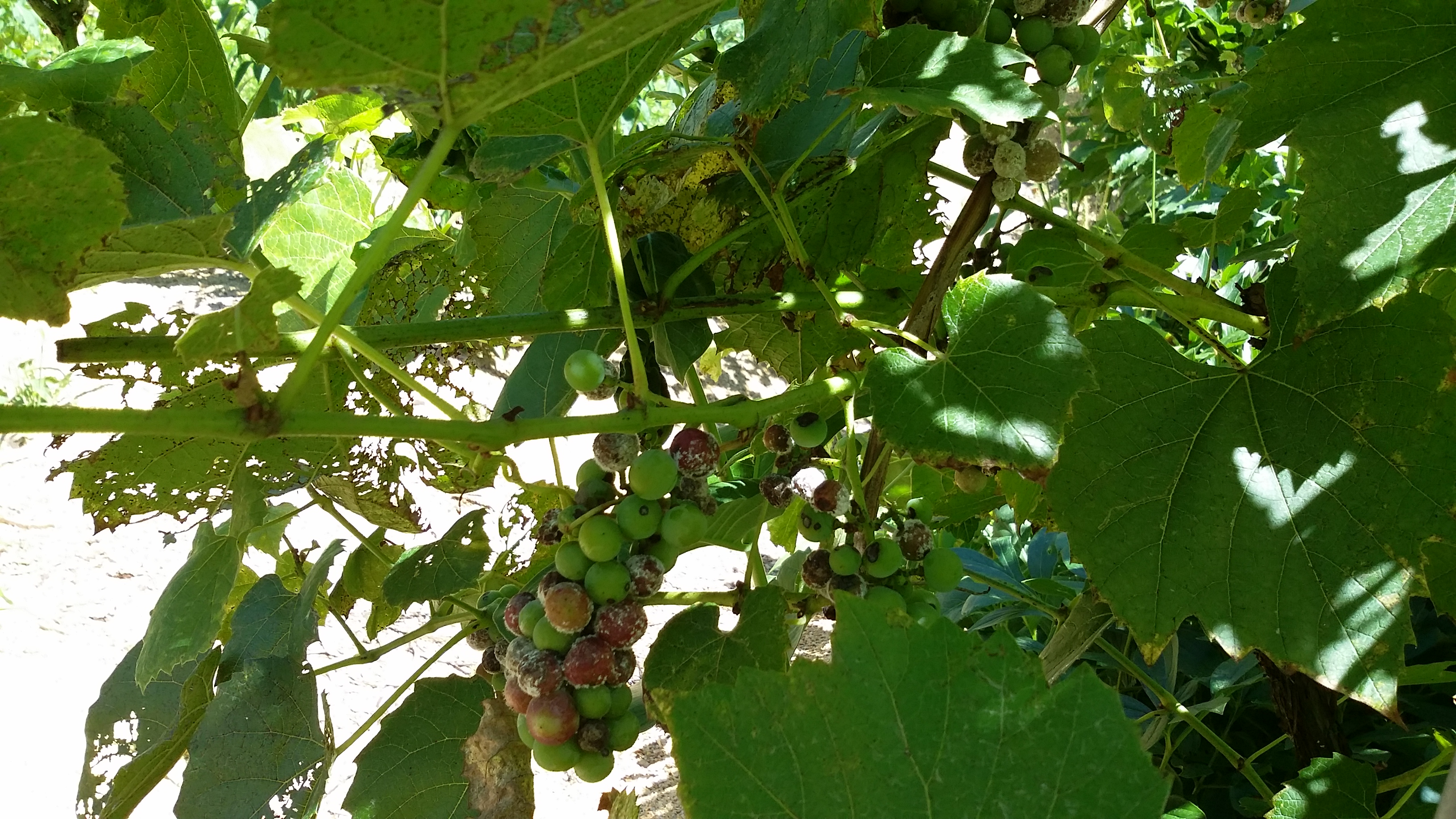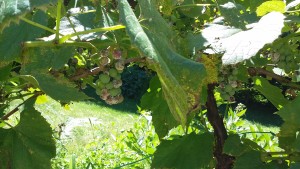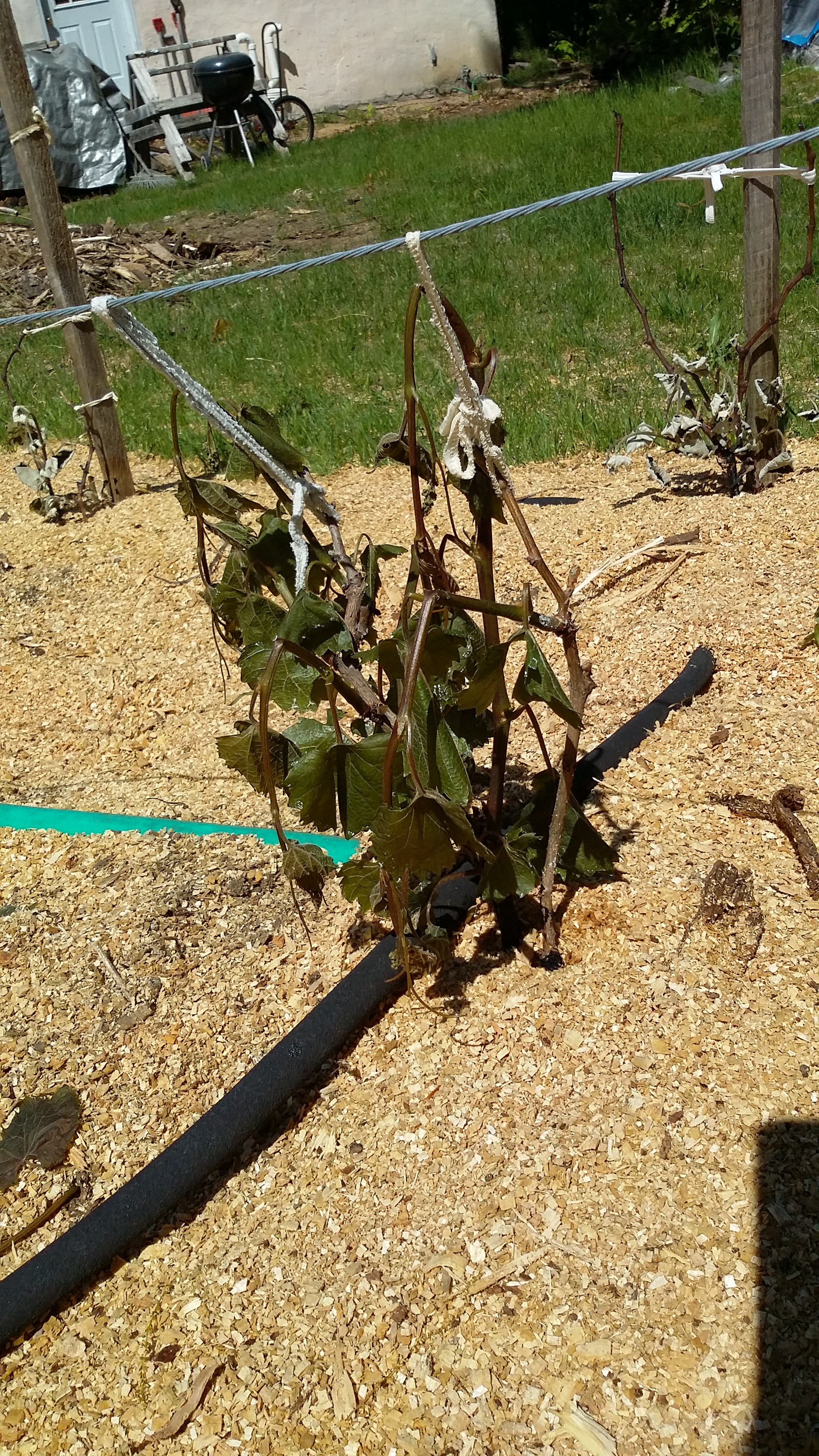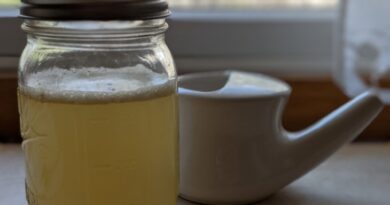Powdery Mildew Treatment
Powdery Mildew Treatment Using Biodynamic Preparations
July 31, 2015 by Mary G. Holland
Mid season, my biodynamic organic garden always seems to need help, either as food or for insect and disease. I always try to use biodynamic preparations for powdery mildew treatment.
Mid July there was an outbreak in my garden – starting in my Concord grapes but spreading to the squash, where there was less air flow. I tried some baking soda solution spray, and then sprayed with worm compost tea. This combination has helped to control it in the past. But we had to leave for a ten day vacation, so I prayed to the garden spirits for protection during our absence.
During our California trip, my husband and I visited a winery that’s using biodynamic methods. The wine tasting room’s sommelier was a very intelligent, well-spoken, and energetic young man, probably in his mid to late 20s. He recently graduated from a California agriculture program in organic practices.
We started talking about sustainable methods of disease and insect control in my northern wine grape vineyard. I told him how amazed I’ve been in the past with the superior results of aerated worm compost tea, at both feeding any plants, and insect and disease resistance, compared to any other organic method or substance I’ve used. He endorsed that assessment, and said there are lots of other substances that can also be used to enhance worm compost tea.
I told him about the powdery mildew infestation on the Concord grapes and asked him how to deal with it once it’s set in. He said prevention is always first, starting with proper trimming. Well that was already too late to fix – the grape clusters were well hidden under a dense canopy of too many leaves, as you can see in the pictures.
Chart of Biodynamic Preparation Ingredients
Then he gave me a list of various biodynamic ingredients he uses in addition to worm compost tea. They include Actinovate (which directly attacks powdery mildew and other fungal infections,) Serenade (or SCD Bio-Ag,) and insect frass, all of which can be added to the worm compost when aerating for tea, as well as Azos and Mykos (both soil additives you use in spring during transplanting.) I’ve ordered them and will be posting before and after pictures soon.
Here is a quick reference chart of these organic foods and biodynamic disease and insect weapons to add to your sustainable gardening arsenal.
Chart of Biodynamic Preparations of Organic-Teas-Drenches
In the chart I’ve included links to Amazon where you can get them and what they do. There are other online sources too for most of them, including the manufacturer’s sites. Check out the customer reviews on Amazon, they say it all.
With the addition of the disease and insect treatments in the list above, I think I’ll be set to recover my garden this year and prepare for a healthier garden next year.
Making The Base of Worm Compost Tea
Here is a link on how to make aerated compost tea, from researcher Dr. Elaine Ingham, the Queen of Worm Compost in my book! She shows bubbling the tea from regular healthy compost but you can use worm compost too. Read her research on her website, www.soilfoodweb.com, it’s mind blowing what this black gold can do.
If you consider that one’s own digestive system is basically a big compost tube, you’ll also then understand why establishing and maintaining a healthy gut is the key to a healthy body – and why excess carbs, alcohol, antibiotics, and junk food kill your gut (thus promoting a plethora of diseases) just like chemical plant food and insecticides kill healthy soil.
Efficiently Using Precious Compost
I prefer making worm compost these days instead of maintaining a compost pile, because the worms turn it for me, reducing my workload. I have a large garden and it’s difficult to make enough compost to feed it properly. So each spring after transplanting I use a thick layer of plain sawdust mulch from a local sawmill, allowing fungus to sheet compost it in place over time. Then I use compost tea from the worms to get maximum nutrition to the plants. It’s a more efficient use of a small household’s limited garden and kitchen waste. Since switching to this approach, my veggies and fruit are becoming super sweet and tender.
Happy sustainable gardening!





